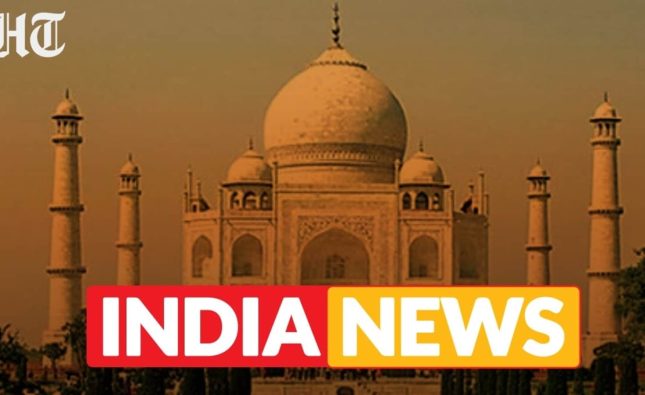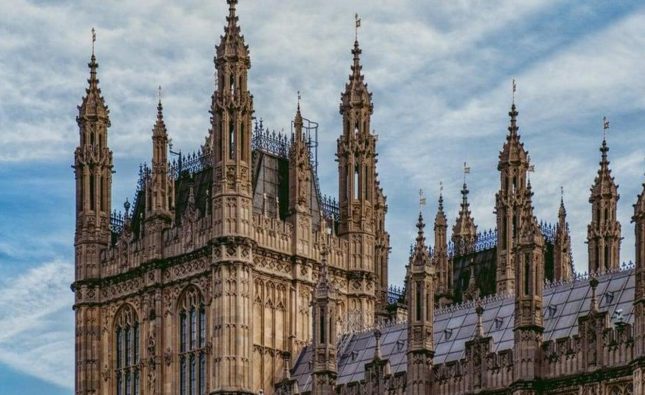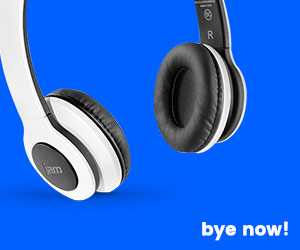
Until recently, Indians had few safe ways of joining the global craze for weight-loss drugs. Some smuggled them into the country when returning home from abroad; others chanced it with bootlegged versions from Dubai. But in March Mounjaro, a weight-loss drug from Eli Lilly, an American pharmaceutical giant, became legally available in India. In June Wegovy, a drug from Novo Nordisk, a Danish firm, followed.
Demand is surging. Though Indians are on average slimmer than people in most other countries, the obese population is one of the largest in the world, along with America’s and China’s. In Delhi, every fourth resident has Type 2 diabetes.
Between 2021 and 2024 Indian sales of weight-loss drugs grew five-fold to $72m. India’s market could soon grow to $1bn, predicts Jefferies, an investment bank. This may be a modest share of the $24bn in annual global sales of weight-loss drugs. But as the global market is set to rocket to $150bn in annual sales in the next decade, industry insiders see India as a juicy target. Mounjaro was an instant hit: consumption tripled from March to April, according to one industry tracker.
Indian pharma is hoping to cash in. Generic firms, such as Biocon, are already offering weight-loss drugs, such as cheaper versions of an inferior first-generation injectable, liraglutide. Sun Pharma, India’s biggest drugs company, hopes to launch its own jab in five years.
The Indian market is especially lucrative because those who most need to lose weight are also best placed to pay up. In America, poorer people tend to be fatter. But in India obesity peaks in the most prosperous southern regions and is more common among urban than rural populations. The university-educated are more likely to be obese, too.
Indeed, the real boom will come next year. That is when the patent for semaglutide, the active ingredient in Ozempic and Wegovy, expires in India. The country’s generics giants, such as Cipla and Lupin, will sprint to produce knock-offs. But to cash in on home turf, Indian drug firms need to beat foreign rivals by adapting a global blockbuster to Indian realities.
The first is cost. Starting at around $200 a month, Eli Lilly and Novo Nordisk’s Indian offering can cost as little as a fifth of their prices in America. But a year’s supply of Mounjaro or Wegovy for a single Indian can still end up being roughly equivalent to the country’s GDP per person. Indian generics will slash that figure. Some analysts predict a 95% nosedive. Second, South Asians are unusually genetically predisposed to fatty-liver disease. Novo Nordisk’s clinical trials suggest semaglutide might reduce it by 37%. Delivering a drug that caters to the quirks of Indian physiology gives Novo Nordisk a head start.
Buckle up
Finally, consider logistics. Tirzepatide and semaglutide, the active ingredients in Eli Lilly and Novo Nordisk’s products, respectively, are injectables. The jabs require cold storage. That is a tough ask in a hot country with patchy logistics chains. India’s Mankind Pharma is expecting trial results by the end of 2025 for what would become India’s first oral weight-loss drug that could rival injectables. Both Eli Lilly and Novo Nordisk hope to enter this race with their own versions next year. Whoever makes a good weight-loss pill will prosper, especially in rural India.
India is the world’s biggest supplier of generic drugs, meeting about 20% of global demand. Low- and middle-income countries across Africa, Latin America and South-East Asia have some of the fastest-rising diabetes rates in the world. Dr Reddy’s, an Indian pharma giant, plans to launch a generic version of Wegovy in 87 countries when the patent expires next year. The company is targeting Brazil, Turkey and other emerging markets.
India also supplies nearly half the generic drugs Americans consume. For now, America levies no tariffs on them. That could change before American patents start expiring in the next decade. David Ricks, Eli Lilly’s CEO, has warned that Donald Trump’s tariffs could jack up the price of Indian generics. Mr Trump has spoken of slapping 200% tariffs on pharmaceuticals. On July 30th he threatened a 25% general tariff on India and an unspecified “penalty” for its stances on trade and Russia. If Indian pharma escapes the fallout, it might yet make America skinny again.
Stay on top of our India coverage by signing up to Essential India, our free weekly newsletter.











